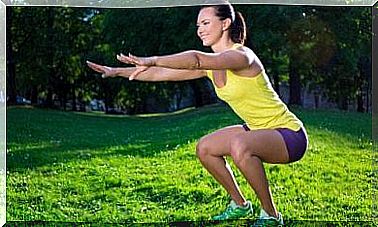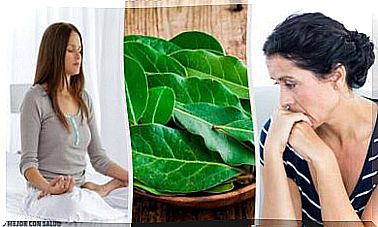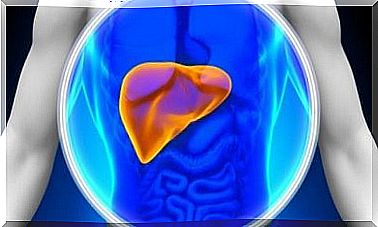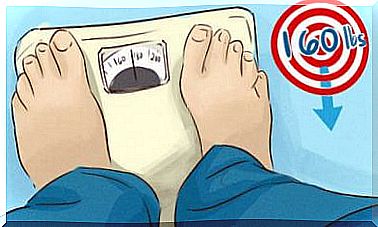5 Tips To Prevent Your New Shoes From Hurting
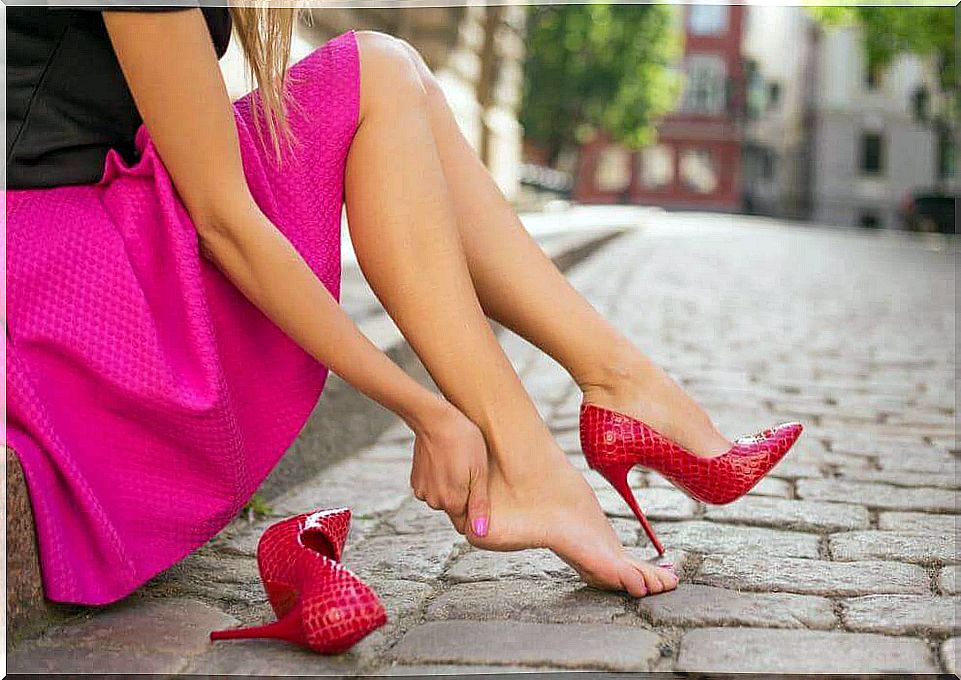
Everyone likes to buy shoes. But after the first few weeks, you start to notice that they are bothering your feet and giving you pain and discomfort. Follow our tips below to prevent your new shoes from hurting and causing damage.
People tend to use their old shoes instead of their new ones because of the pain, blisters and discomfort they cause. It’s not a nice feeling at all to know that you can not enjoy something you just bought. You should not have to suffer while at work or at social events.
To put an end to this annoying problem, you can use the following tips to prevent your new shoes from hurting. Try them and see what works best for you. The world is waiting for you and your amazing shoes!
Five tricks to prevent your new shoes from hurting

Hard shoes are the biggest cause of shoe-related pain. Over time, the shoes begin to soften and adjust to the shape of your foot. In the meantime, you can follow these precautions.
1. Wear a bandage
Yes, it seems like a quick fix anyone could use. But that does not mean it is not usable. It is very effective to stick a patch or bandage on your heel, because that is where new shoes hurt most often.
Use a bandage that is large enough to cover the entire area in contact with the shoe. Otherwise it will start to peel off and will only protect you from blisters for a few minutes.
2. Thick socks and a hair dryer
This is a very easy and useful trick. In your home, put on your shoes with your thickest socks to use all the space that the shoe has. Then take a hair dryer and blow on the parts where the shoe feels tightest. The warm air will make them softer and stretch them out. If necessary, repeat this many times.
3. Talcum powder
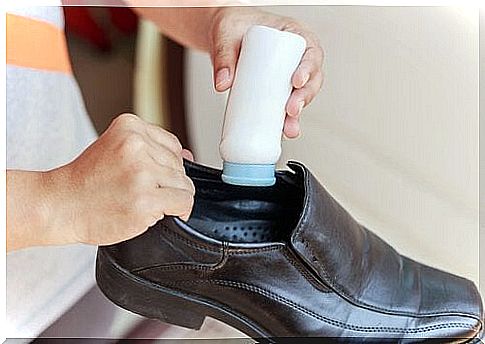
This is another quick fix that works. By sprinkling talcum powder on the area that hurts, you will reduce the rubbing and prevent blisters. A deodorant (not spray) can do that too.
4. Silicone inserts
In shoe stores or an orthopedic store, you can buy silicone inserts that stick to the heel of the shoe. With these, you can reduce the friction against the hard surface of the shoe and prevent your new shoes from hurting.
5. A trick with a bag of hot water
The last tip is a bit controversial since many do not believe it works. But there are others who swear it works. Put a bag of warm water into your shoes. Of course, you need to make sure that there are no leaks so that it does not leak.
Then put your shoes in the freezer overnight. The water will expand inside the shoe and get bigger as it freezes. The result is that your shoes will expand a little bit each time you do this.
A simpler trick that is just as effective is to use your shoes until you gradually get used to them. Wear them for a few hours at home or at work if you would like to bring an extra pair of shoes there. This way you avoid injuries and feel more secure when using them over long periods of time.
Another solution is to get a shoemaker to place a last inside your shoes to expand them. You can also place some cotton pads over the area that have contact with your skin, thereby preventing your new shoes from hurting there.
Choose good shoes
Needless to say, a good pair of shoes should fit. There should be at least an inch of space between your big toe and the tip of the shoe.
It is just as important to choose good quality shoes because they do not cause as much pain. They are in fact padded and lined properly. It is even better if you put a soft sole inside the shoe that distributes the weight according to the dimensions of your foot.
This last part is the most important. If you are not sure about the quality of the shoe or you notice something that could cause pain, do not buy them. You will definitely find others, so save yourself the pain of the first few times you use them. When your new shoes hurt, that should be enough to convince you that you should take the time to find your next pair.
